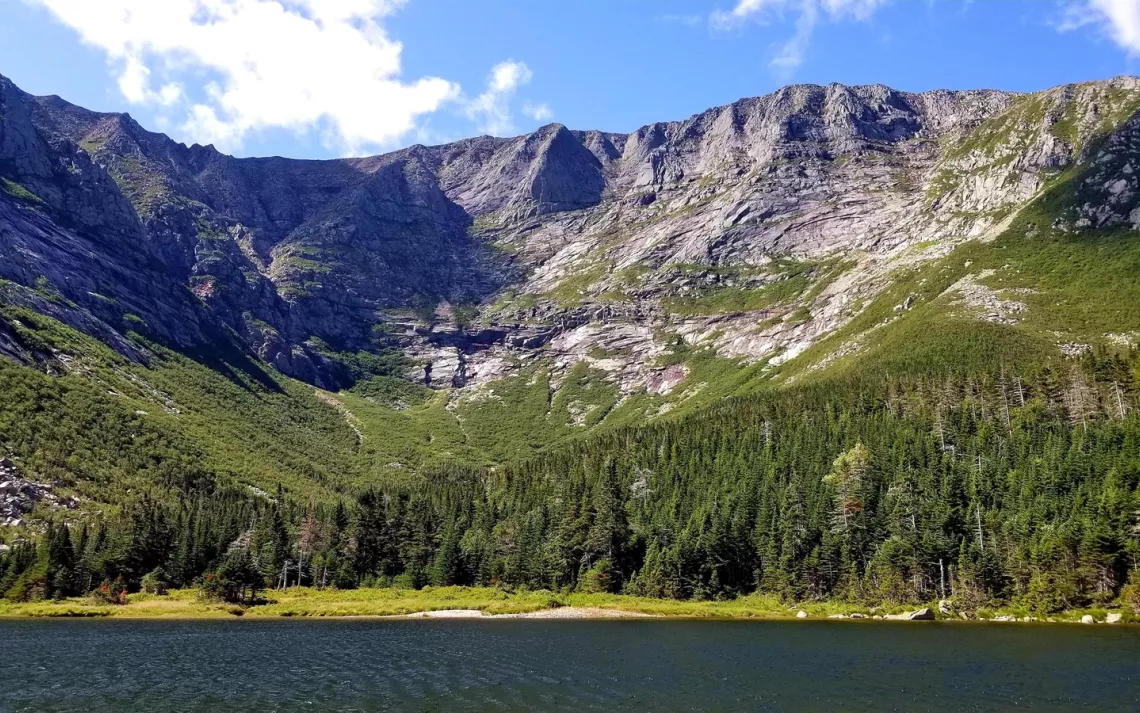Hiking the Appalachian Trail
The challenge of the Appalachian Trail seems to attract eccentrics

Mount Katahdin, the north terminus of the Appalachian Trail | Photo courtesy NPS
When Grandma Gatewood hiked the Appalachian Trail in 1955, she tramped all 2,170 miles in tennis shoes, her only shelter an army blanket, a raincoat, and a shower curtain. "I thought it would be a nice lark," the 67-year-old grandmother of 23 remarked after her adventure. "It wasn’t." She then went on to become the first person of either gender to walk the entire trail three times.
The challenge of the Appalachian Trail seems to attract eccentrics, and just 15 percent of those who attempt to "through-hike" (walk the whole length in one season) complete the trek from Georgia to Maine. Most start at the southern end, and some five months and 14 states later–having risked shinsplints and snakebites, lightning and Lyme disease–they hit the hardest stretch of the trail. "For some fool reason, they always lead you right up over the biggest rock to the top of the biggest mountain they can find," complained Gatewood, and this is especially true in Maine. Its often precipitous and dicey 280 miles include the trail’s most isolated portion, the Hundred-Mile Wilderness; frequent fords of streams; and a notorious mile-long boulder-strewn slot canyon called Mahoosuc Notch.
But the hardy hiker’s perseverance is requited with one of the biggest uninhabited forests in the Lower 48. Maine’s undulating woods are dotted with foot-soothing lakes that echo with mournful loon cries. Sightings of black bears and moose along the trail are almost routine. As they pass Horn’s Pond on Bigelow Mountain, hikers can give something back at a "batch-bin" outhouse, where waste is composted with wood chips and peat moss, heated by the sun, and fed to the surrounding forest. At the approach to the final ascent, the trail skirts the Hermitage, a spiring stand of 175-year-old white pines, the oldest in the Pine Tree State. And the euphoria upon reaching Maine’s highest peak, 5,267-foot Mt. Katahdin at the trail’s terminus, is literally the ultimate reward.
 The Magazine of The Sierra Club
The Magazine of The Sierra Club



